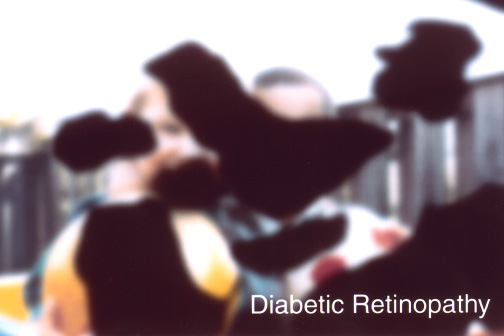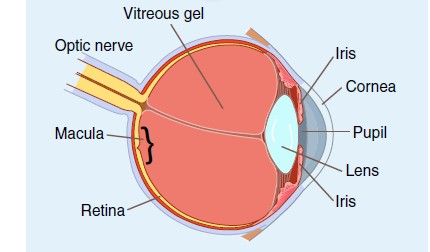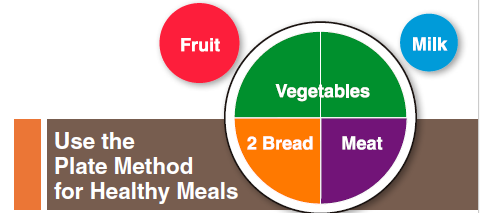Eating for Your Eyes II - Diabetic Retinopathy: Prevention, Treatment and Diet
(FN1493, Reviewed August 2022)Diabetic retinopathy is a complication of diabetes that can lead to blindness. Caused by changes in the blood vessels of the retina, diabetic retinopathy is the most common diabetic eye disease. Usually no symptoms are present in the early stages of the disease. As the disease progresses, a person may experience spots in vision or blurred vision.





